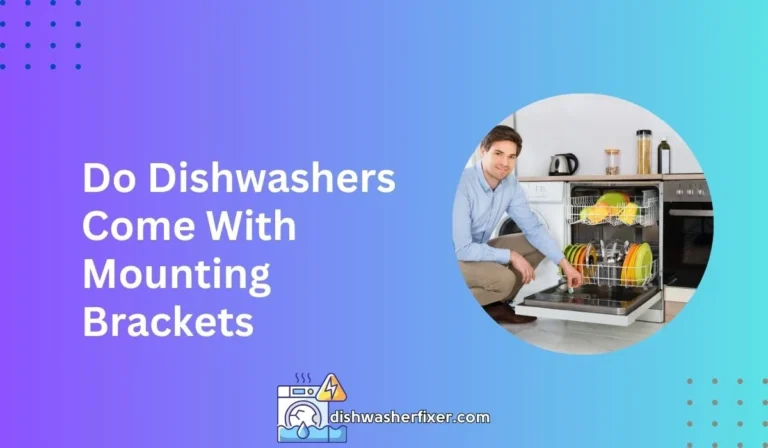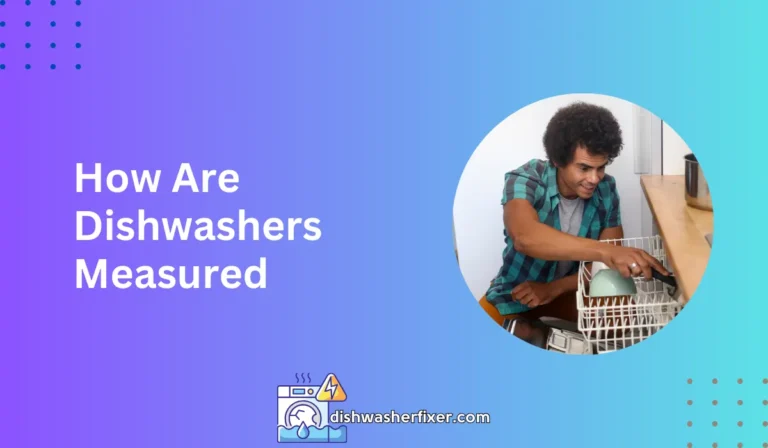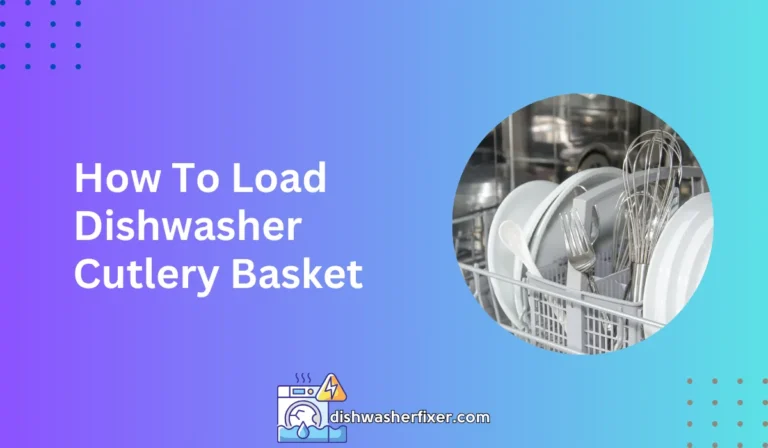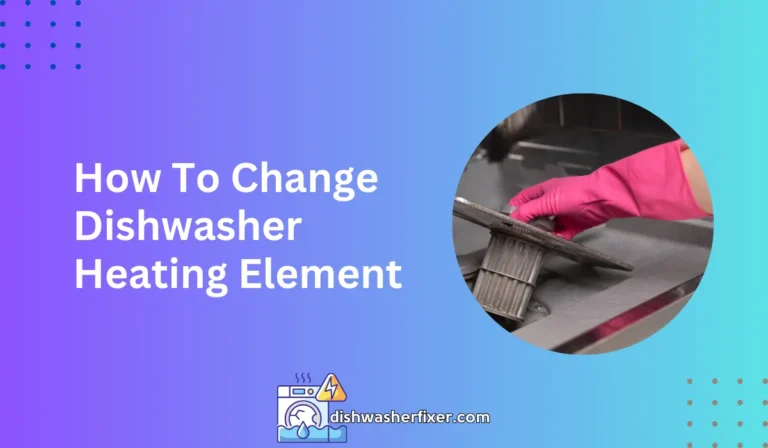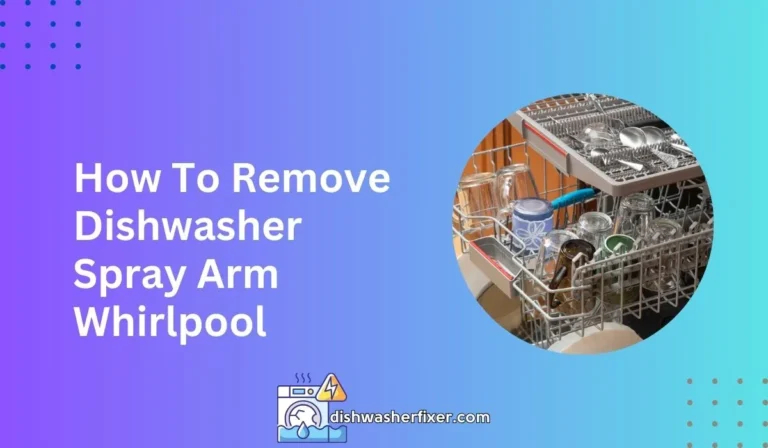How to Bypass Garbage Disposal with Dishwasher: Quick Fix Guide
To bypass a garbage disposal with a dishwasher, disconnect the dishwasher drain hose from the disposal unit. Cap the disposal’s inlet, and connect the hose directly to the sink drain or an air gap. Ensure the hose is elevated to prevent backflow.
Understanding Garbage Disposal and Dishwasher Connections

How Garbage Disposals and Dishwashers Connect
Garbage disposals and dishwashers are a dynamic duo in many kitchens. Most often, the dishwasher drain hose is attached to the garbage disposal.
The water from your dishwasher travels through this hose and into the disposal, where it can be ground up and rinsed away with the rest of your kitchen waste.
This setup is very common because it makes use of the disposal’s grinding capabilities to eliminate any food remnants from the dishes.
The Role of the Garbage Disposal in Dishwasher Drainage
The garbage disposal has a critical role in the dishwasher drainage process. It acts as a gatekeeper, ensuring that food particles do not clog the kitchen drain pipes.
When the dishwasher pumps out the dirty water, it first goes through the garbage disposal, where larger food particles are ground up and flushed out harmlessly.
Why Bypass the Garbage Disposal?
There are several reasons you might want to bypass your garbage disposal. If it malfunctions, you might need to route your dishwasher water elsewhere to keep your kitchen in working order.
Or, if you’re removing your disposal entirely, you’ll need to reroute the drainage. No matter the reason, bypassing a garbage disposal can be a straightforward task with the right approach.
Preparing to Bypass the Garbage Disposal

Tools and Materials Needed
To bypass your disposal, you’ll need some basic tools and materials. These may include a screwdriver, pliers, a hose clamp, and a disposal plug or cap. You might also need a dishwasher drain hose extension, depending on the new route you plan to take.
Safety First!
Before you do anything, safety is paramount. Make sure to turn off the power to your garbage disposal at the circuit breaker.
This prevents any accidental activations while you’re working. Additionally, you should shut off the water supply to avoid any potential spills or leaks.
Disconnecting the Dishwasher Hose
With safety measures in place, you can now disconnect the dishwasher hose from the garbage disposal. This is typically done by loosening the hose clamp with your screwdriver or pliers and gently pulling the hose off the disposal’s nipple.
Sealing the Disposal Inlet
Once the hose is off, you’ll want to cap the now-unused inlet on the disposal. This prevents water and debris from entering the disposal when it’s not in use. A standard disposal plug or a custom cap from your local hardware store will do the trick.
Rerouting Dishwasher Drainage
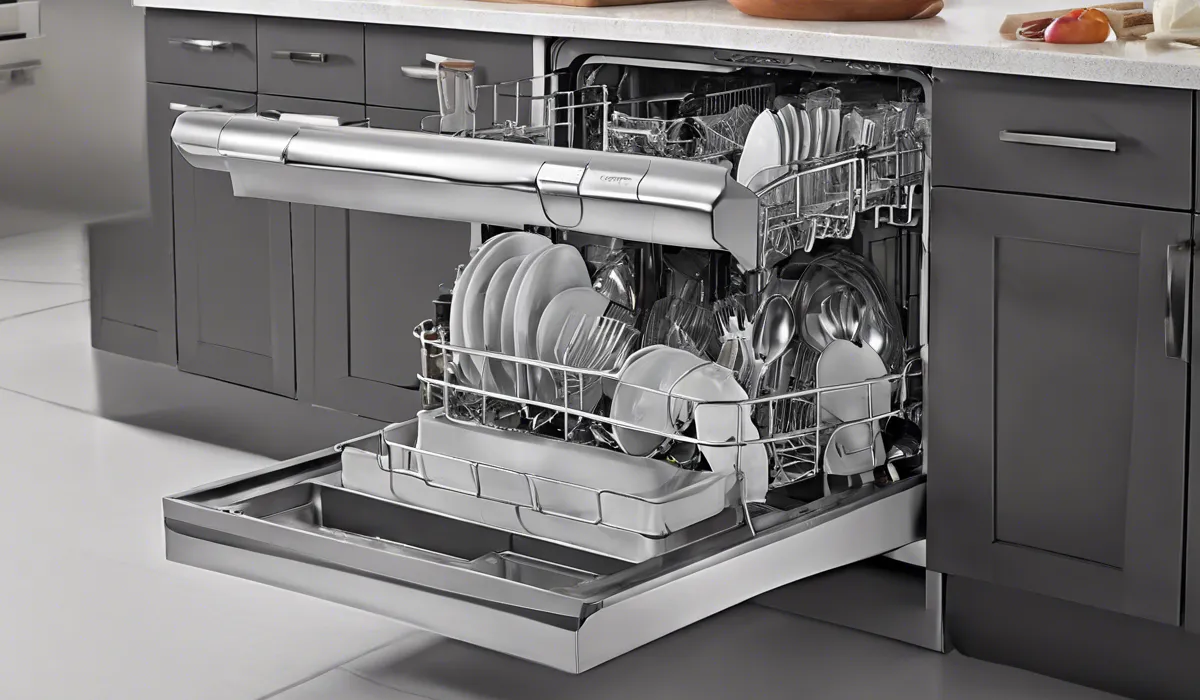
Finding a New Path for the Hose
After disconnecting the hose, you need to choose where it’s going to go. The new route must allow for efficient drainage without kinks or tight bends. You can route the hose to an air gap mounted on the sink or directly to the sink’s drain pipe, if local codes allow.
Connecting Directly to the Sink Drain
Connecting the dishwasher hose directly to the sink drain or a dedicated drain line is the next step.
This may require an adapter to fit the hose to the drain pipe securely. Ensure you use a new hose clamp to prevent any leaks at this connection.
Preventing Backflow
To prevent dirty water from flowing back into the dishwasher, ensure that the hose is elevated at some point along its route.
This loop should be higher than the level of the sink drain to prevent backflow, which can be unsanitary and potentially harmful to your dishwasher.
Leak Testing and Drainage Check
Once everything is connected, it’s time to test your work. Run the dishwasher and check the new connections for leaks. Make sure that water is draining properly and that there are no signs of water backing up.
Maintenance and Clog Prevention
With the new setup, it’s essential to maintain it properly. Regularly check for leaks, tighten connections as needed, and clean the drain hose periodically to prevent clogs.
If you have hard water, consider installing a water softener to minimize mineral buildup in the hose.
By following these steps, you can successfully bypass your garbage disposal with your dishwasher, ensuring your kitchen remains functional even when changes occur.
With a little bit of know-how, the right tools, and a proactive approach to maintenance, you can keep your dishwasher draining smoothly for years to come.
FAQs About Bypassing Garbage Disposal with Dishwasher
How do I disconnect my dishwasher from the garbage disposal?
To disconnect your dishwasher from the garbage disposal, you should remove the dishwasher drain hose from the garbage disposal’s inlet. Make sure to turn off the power and water supply before starting any work.
What should I do with the disposal inlet after disconnecting the dishwasher?
After disconnecting the dishwasher, you should cap the disposal inlet to prevent any leaks or spills. Use a cap or plug designed for this purpose.
Where should I connect my dishwasher drain hose if I bypass the garbage disposal?
Connect the dishwasher drain hose directly to the sink drain or to an air gap installed on the sink, which will prevent backflow into the dishwasher.
Is it necessary to elevate the dishwasher hose when bypassing the garbage disposal?
Yes, it’s essential to elevate the dishwasher drain hose in a high loop to prevent backflow of dirty water into the dishwasher or sink.
Can I bypass the garbage disposal without professional help?
Yes, you can bypass the garbage disposal without professional help if you have basic DIY skills and follow the necessary steps to safely disconnect and reroute the dishwasher drain hose.
Final Thoughts
Bypassing a garbage disposal involves detaching the dishwasher drain hose from the disposal and capping the inlet.
The hose should then be attached to the sink drain or an air gap, ensuring it is positioned high to avert backflow, thus maintaining proper drainage for the dishwasher.
Useful Resources
- https://docs.legis.wisconsin.gov/document/administrativecode/SPS%20382.34(5)(c)2.b.
- https://www.bridgeportct.gov/government/departments/public-facilities/roadway-maintenance/household-bulk-pickup-program
- https://epd.georgia.gov/document/publication/georgiagraywaterrecyclingsystemsguidelines2009pdf/download

